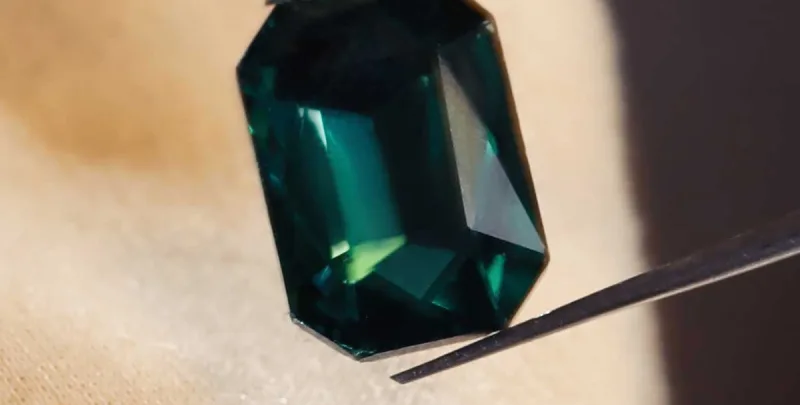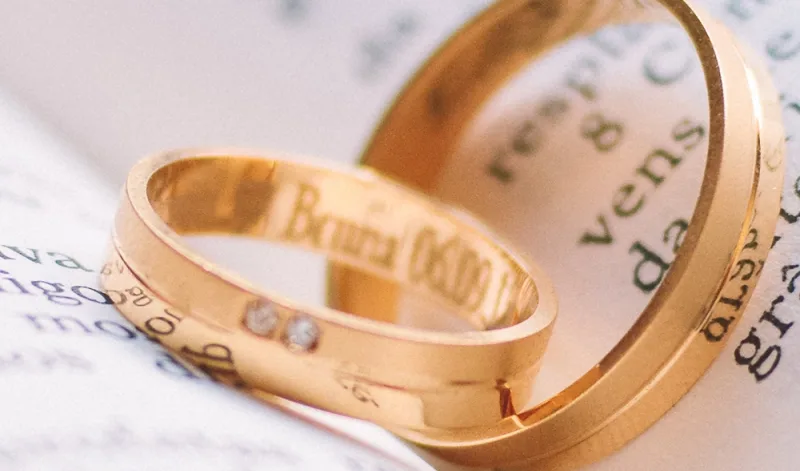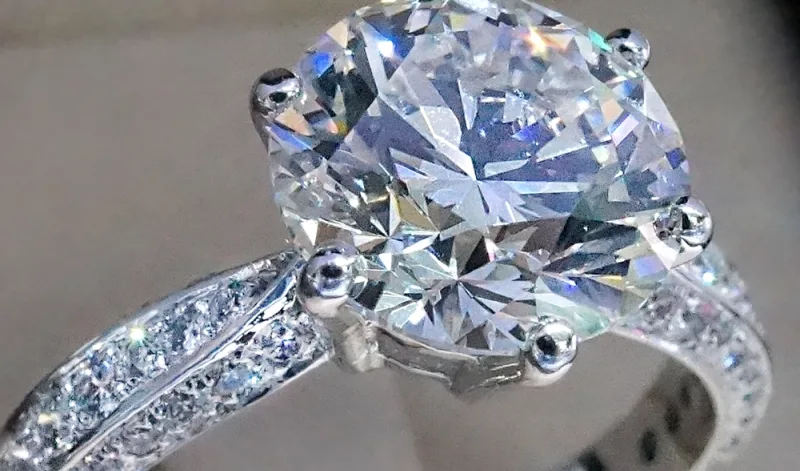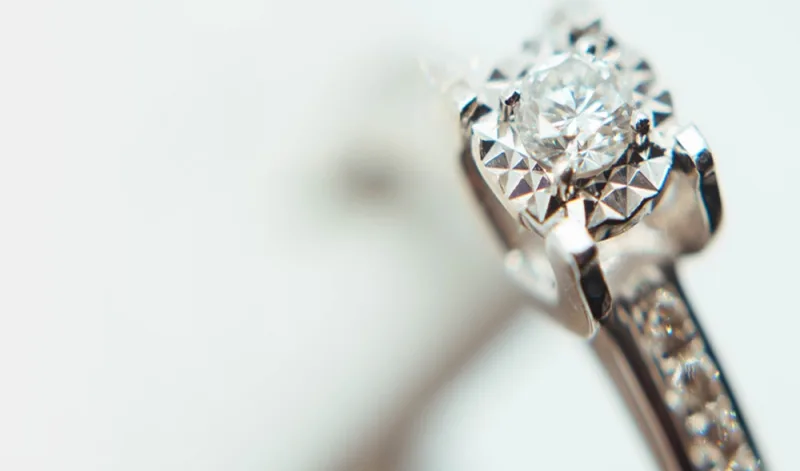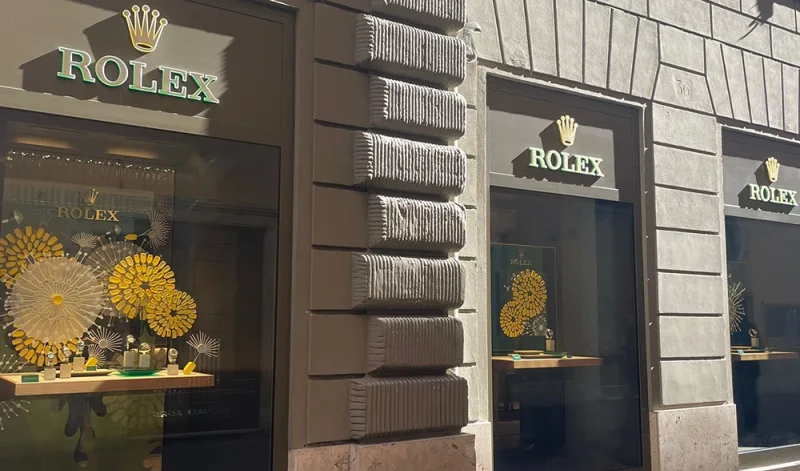Like many of those in this series, the Orlov is another example of a famous diamond believed to have been stolen from a Hindu temple, or more specifically, from the eye of a temple deity. Yet what makes the Orlov unusual is that we know rather more about the specifics of by whom, from where and how.
The 38g egg
The stone, which is described as having the shape and proportions of half a chicken’s egg (though weighing 190 carats (38g) and of a faint bluish-green tinge), comes from the Kollur Mine in Andhra Pradesh. Its history has been traced back to the second century Sri Ranganathaswamy temple in Srirangam, Tamil Nadu.
The man responsible for its theft was a French grenadier who travelled to India to fight in the Carnatic wars, only later to desert the combat and convert to the Hindu faith. Through his conversion to the religion he gained access to the Sri Ranganathaswamy temple, which is situated on an island in the Cavery River and surrounded by seven enclosures – Christians only being permitted so far as the fourth.
Whether or not our protagonist converted in earnest, or purely to gain access to the stone (which had gained great repute) is unclear. However, after worshipping at the temple for many years, he eventually made off with the precious diamond in 1750, fleeing to Madras (now Chennai) where the ex-grenadier not only found the protection of the British Army, but also a buyer.
A romantic gesture
The stone passed from merchant to merchant for many years before eventually arriving in Amsterdam, where it was bought for 400,000 Dutch florins by the Russian Count Grigory Grigorievich Orlov.
Orlov did not acquire the stone for himself, but for none other than Catherine the Great, with whom he had had a previous romantic affair spanning many years, and which produced one illegitimate child. Orlov had helped to dethrone Catherine’s husband, Emperor Peter III of Russia, and elevate her to power in his stead. However Catherine eventually ended the relationship in favour of Grigory Alexandrovich Potemkin.
Orlov believed Catherine would greatly value such a stone and presented it to her in the hope of winning back her heart. Though Catherine did accept the gift, the attempt was unsuccessful. (She did however bestow Orlov with a fair share of treasures in return, including the Marble Palace in St Petersburg, and named the diamond in his honour.)
Catherine had her court jeweller, C.N. Troitinski, incorporate the stone at the head of what is now known as the Russian Imperial Sceptre (completed in 1784). The Orlov’s intricate cut has roughly 180 facets.
Today it shines out as one of the most important items in one of the world’s greatest jewellery and gem collections: the Treasures of the Diamond Fund, Gokran, which comprises many historical jewels that were amassed by the rulers of Russia before the 1917 Revolution.
A fascinating specimen, prompting a Hindu conversion and wrapped-up in a love story with none other than Catherine the Great: the history of the Orlov does not disappoint.
A collection worth protecting
Though your own jewellery collection may not quite be on the same scale as the Diamond Fund, all diamonds are precious and immensely valuable. Make sure that yours receive the appropriate protection they deserve with Assetsure’s Jewellery insurance.

